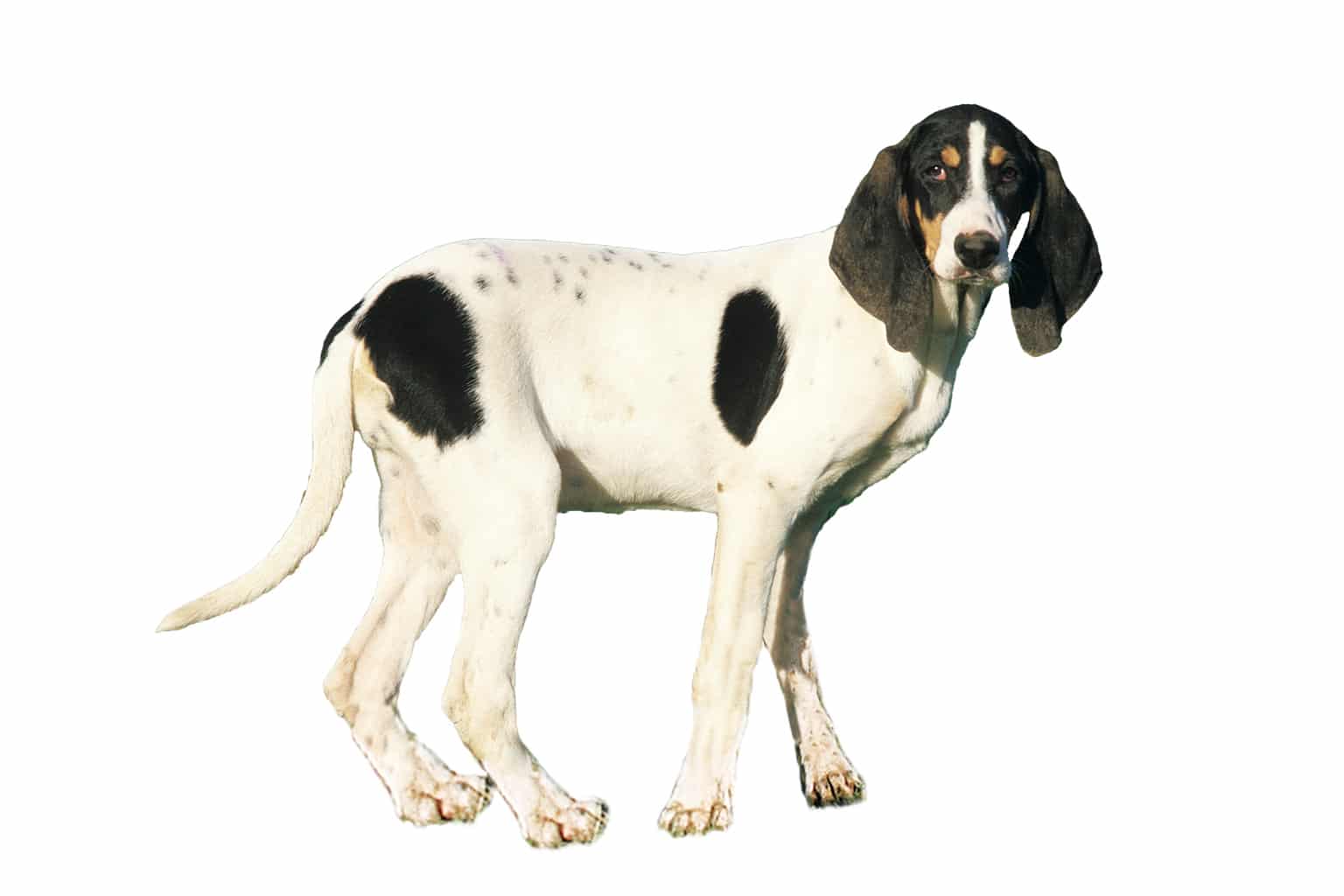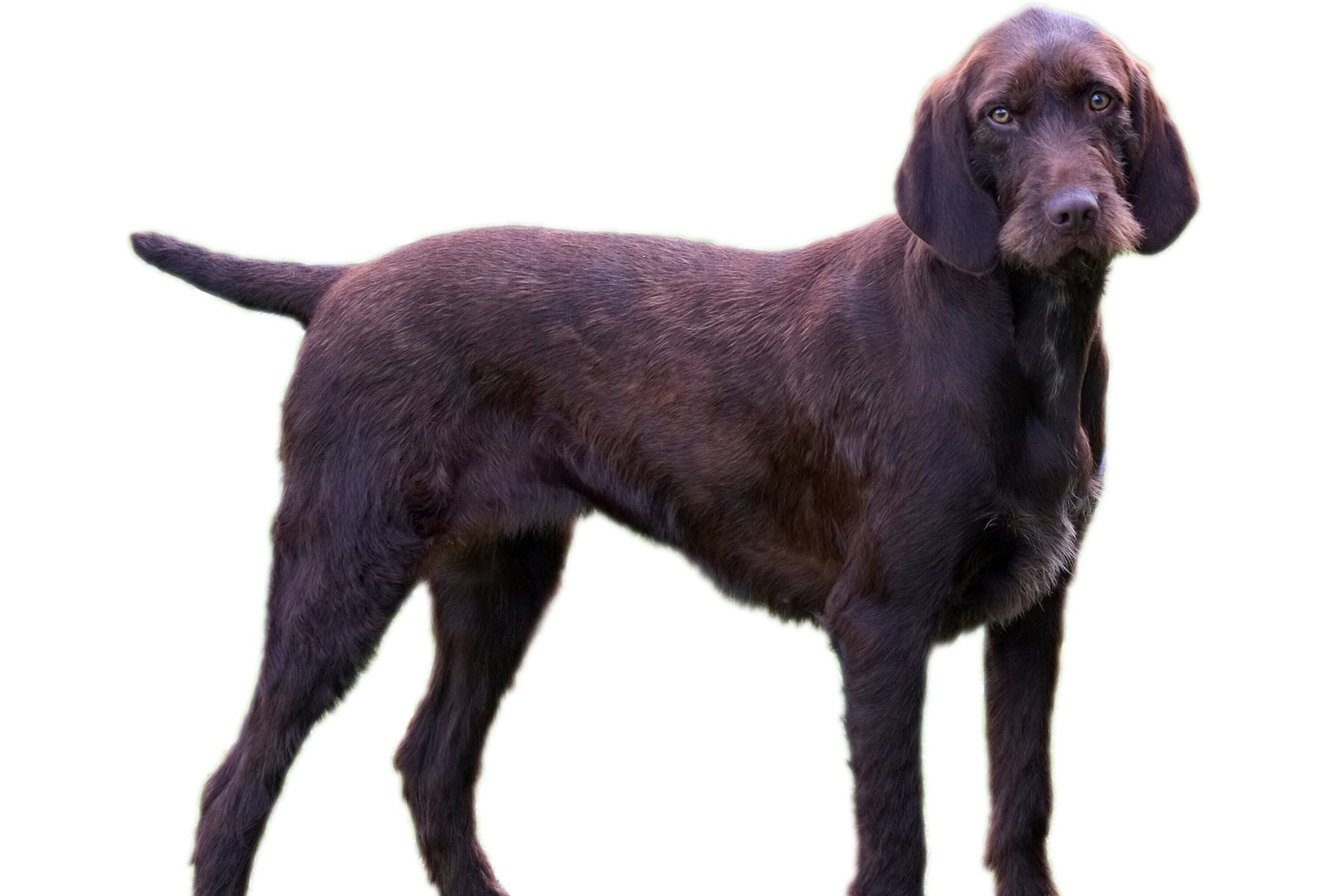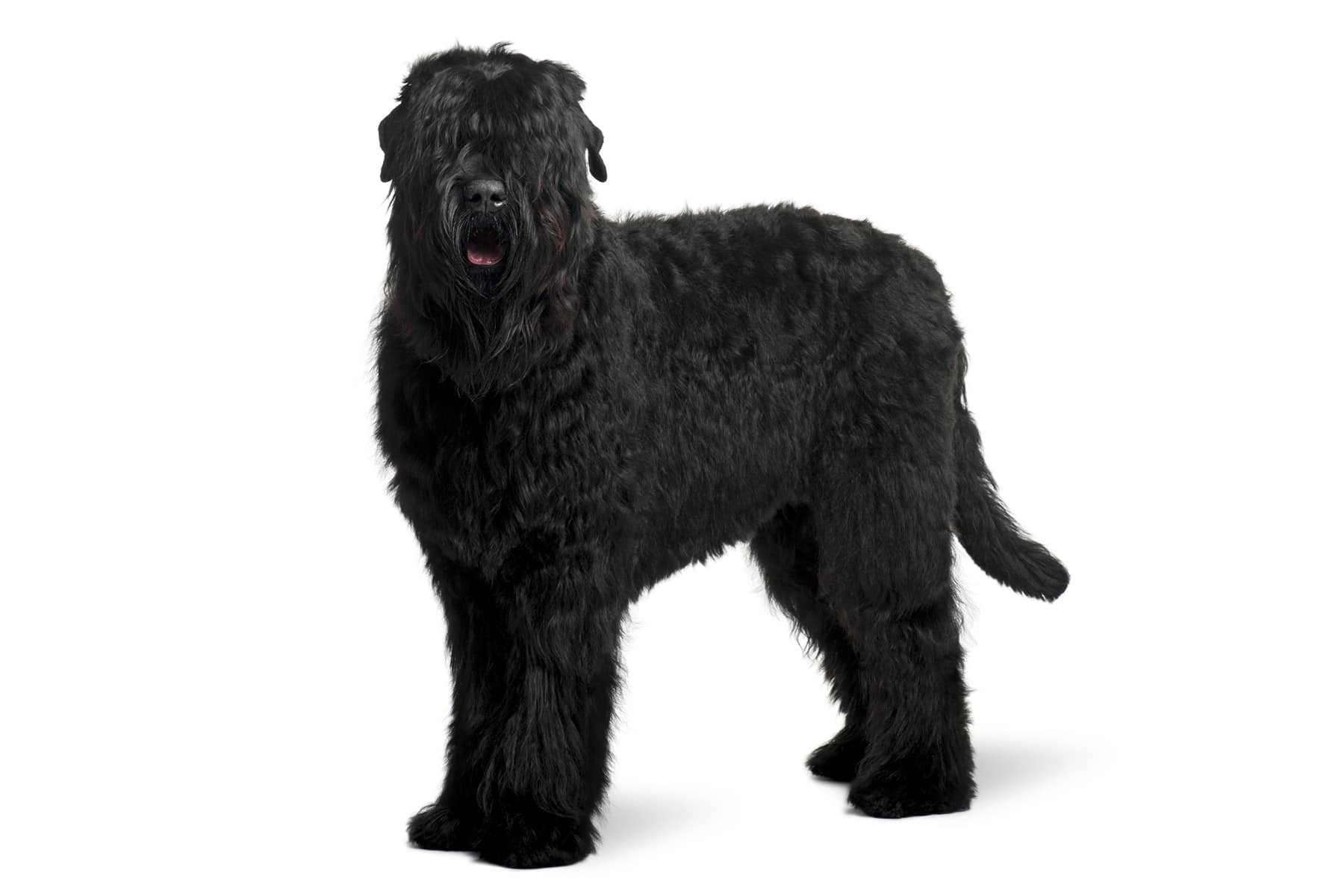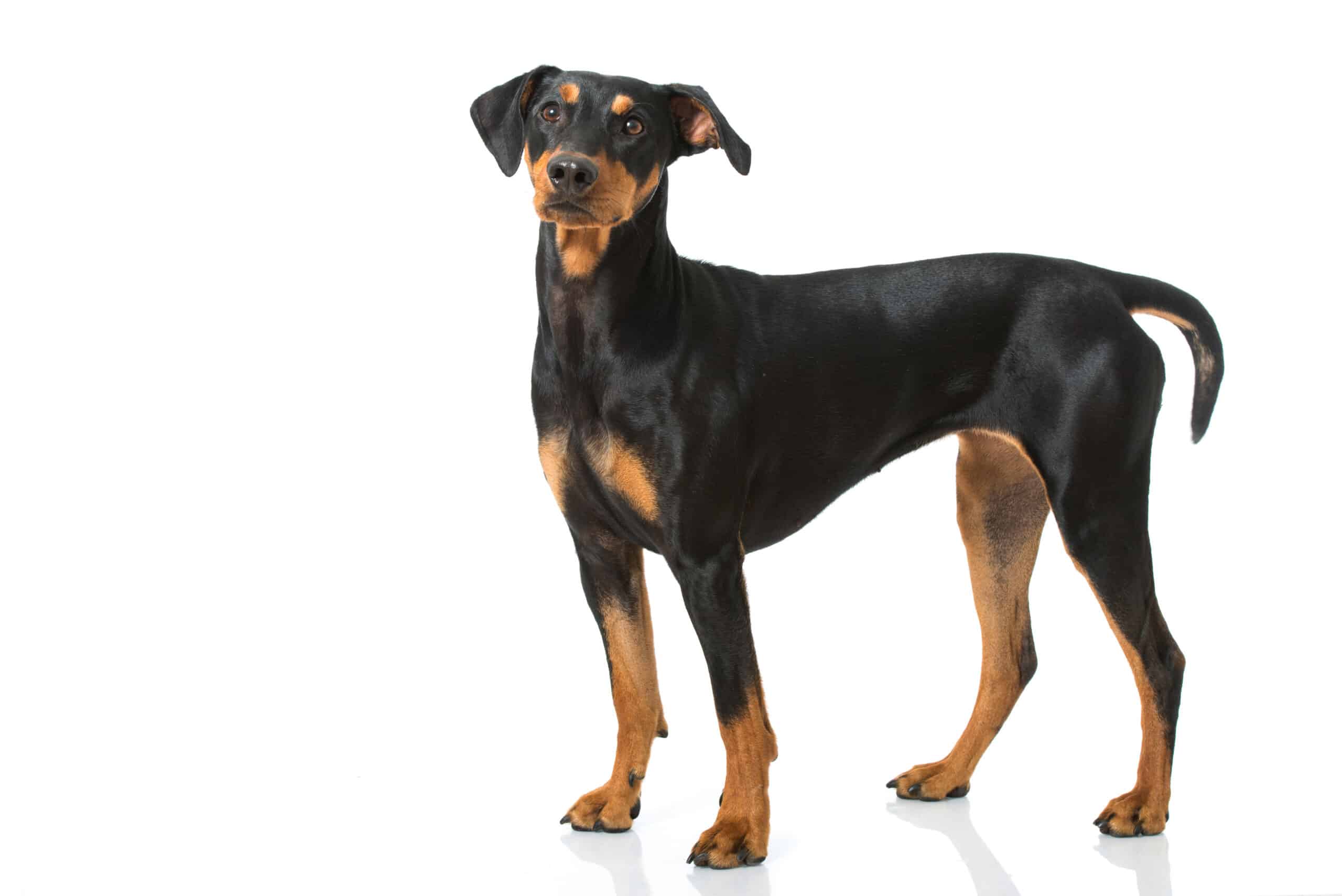Olde English Bulldogge
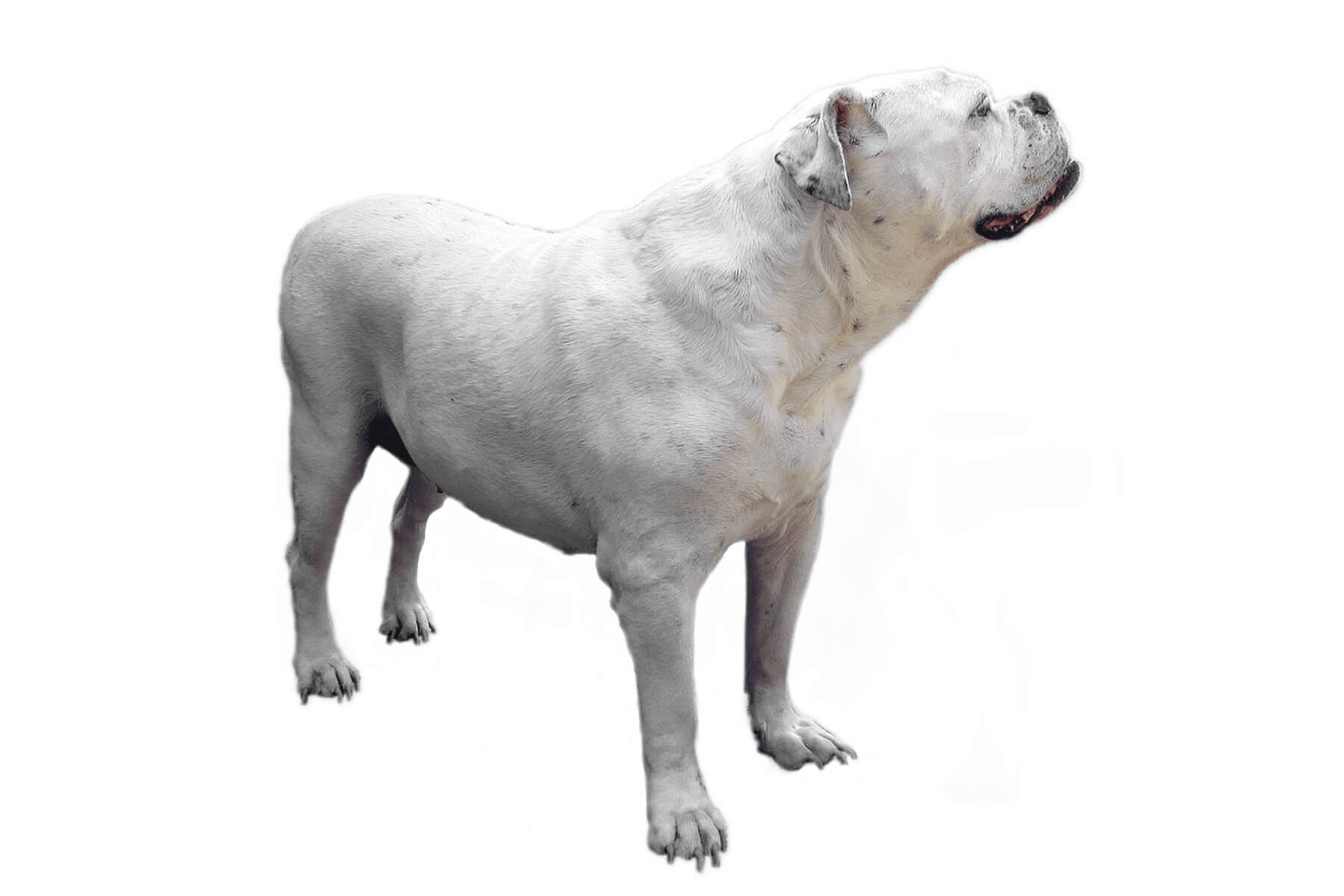
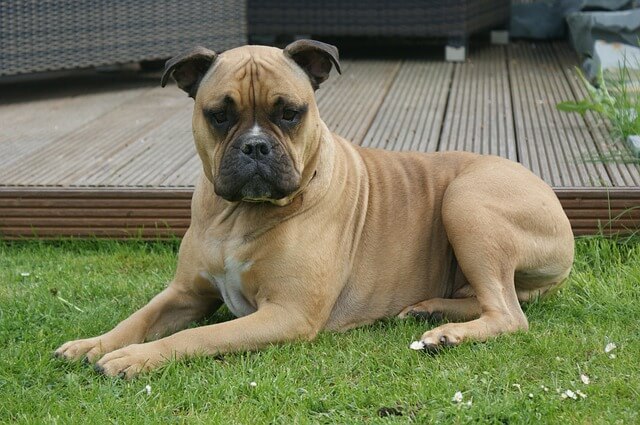
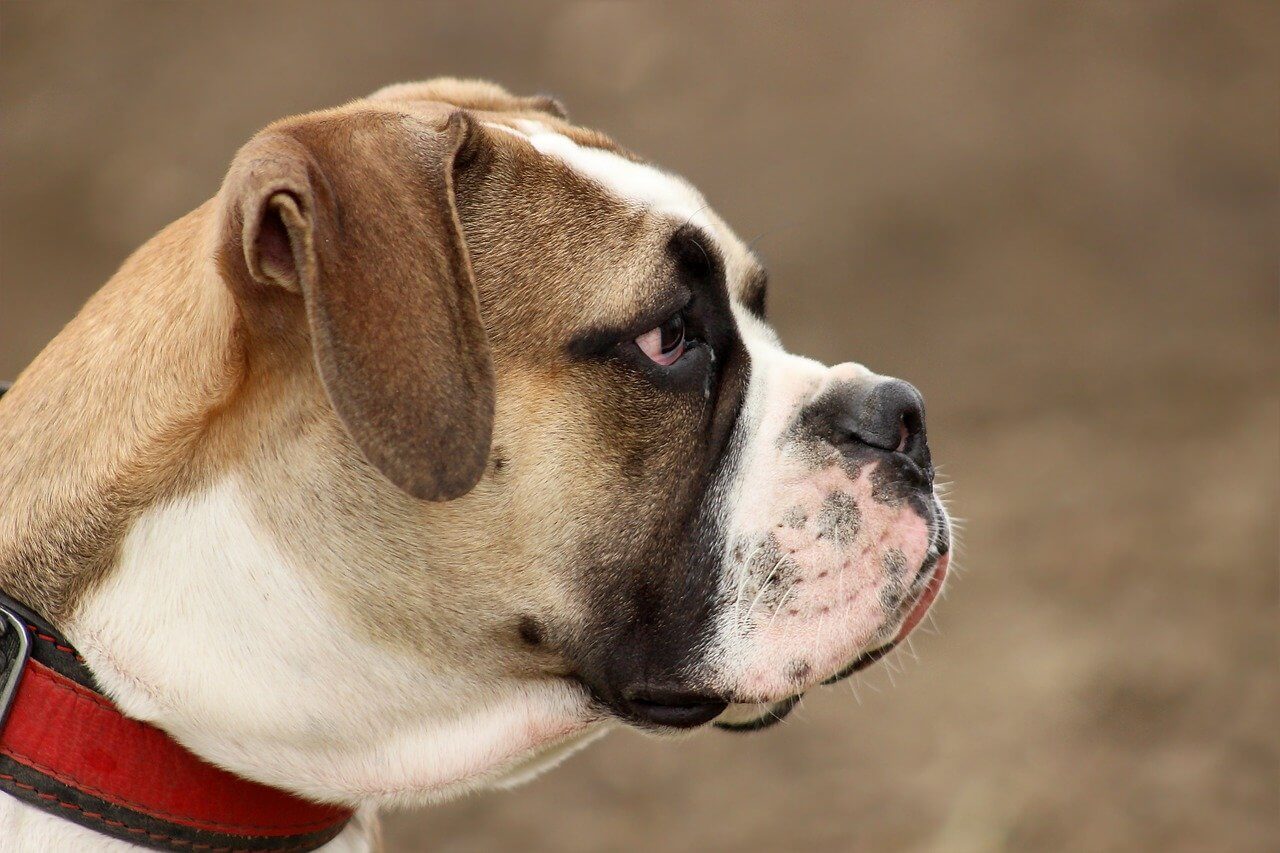
Temperament:
The Olde English Bulldogge is a back-breeding of the traditional English Bulldog. When the English Bulldog was bred over the years, the result was a small, compact fighting dog with breathing problems. Modern breeding has moved away from this and produced the Olde English Bulldogge. A dog breed that sums up the saying "hard shell, soft core".
Characteristics
At first glance, the Olde English Bulldogge looks very similar to the English Bulldog. A muscular build and a large, square head are typical characteristics of this dog breed. However, there are also significant differences and typical characteristics of the Olde English Bulldogge:
The Olde English Bulldogge has a longer nose, longer legs and hardly any skin folds. Females reach a height at the withers of 40 to 50 cm, males 45 to 55 cm. They reach a weight of 30 to 35 kg. The Olde English Bulldogge is therefore a real powerhouse.
The breed's coat is very short and smooth. That's why you hardly need to worry about extensive grooming. The short coat really shows off the pronounced musculature of these little powerhouses. This initially instills respect or even fear in many people. However, the character of the Olde English Bulldogge is very different to what you might initially think.
The Olde English Bulldogge is a very friendly and sociable dog. This energetic breed needs plenty of exercise and, ideally, sporting activity. Clear leadership is also necessary. This breed tends to be determined and tries to achieve everything it sets its mind to.
It is therefore important to train the Olde English Bulldogge with a lot of consistency, but also to give it the freedom to go on a journey of discovery.
Coat care:
Shedding:
Energy level:
Trainability:
Children suitable:
The right food
When choosing food, make sure that it contains high-quality ingredients, is balanced and meets your dog's requirements. Age, size or weight, activity and health status play an important role. You should follow the manufacturer's recommendations for the amount of food.
Treats should only be fed in moderation and deducted from the basic diet to avoid obesity.
Puppies can be fed 4-6 times a day. The number of meals should be gradually reduced to 2 per day until the dog is fully grown. A rest period should be observed after meals.
Fresh drinking water should be available at all times.
Health & Care
The Olde English Bulldogge is undemanding when it comes to grooming. Its short coat means that hardly any dirt particles can accumulate. However, regular brushing and the occasional shower will not harm the dog.
The Olde English Bulldogge's skin wrinkles around the neck. Make sure to clean these areas regularly. As the air cannot circulate well under the folds, this is an ideal breeding ground for bacteria and fungi. Daily care of the Olde English Bulldogge includes not only brushing and stroking, but also walking.
This breed needs a lot of exercise and movement. If you give the dog this opportunity, you can easily keep it in a small city apartment. However, when romping around, there is a risk of stretching or even tearing ligaments. This is because this breed is fast but has a lot of weight.
Excessive speed and abrupt braking can therefore lead to serious injuries. Therefore, make sure not only that the speed is appropriate, but also that the amount of food is correct. Even more weight promotes joint problems.
Suitable accessories
As with all dog breeds, the Olde English Bulldogge needs a suitable dog bed, food and water bowls and a lead with collar or harness. The collar and harness should be suitable for your dog's size and weight and the lead should be sturdy.
In the beginning, it is also advisable to wear a dog harness. Especially if you are working with a drag lead, you cannot and should not do without it. It protects your dog's cervical spine and prevents injuries.
If you don't have time for long walks, you should always have plenty of toys and other activity material to hand. This way you can also keep your dog busy indoors. The Olde English Bulldogge is a clever dog that likes to use its head. Make use of this ability and let your dog sniff and search.
Other necessary accessories include tick tweezers, claw clippers, mild dog shampoo, brush and comb, toothbrush and toothpaste for dogs, a transport box for transportation in the car and a first aid kit. It is best to ask your vet what belongs in the first aid kit.
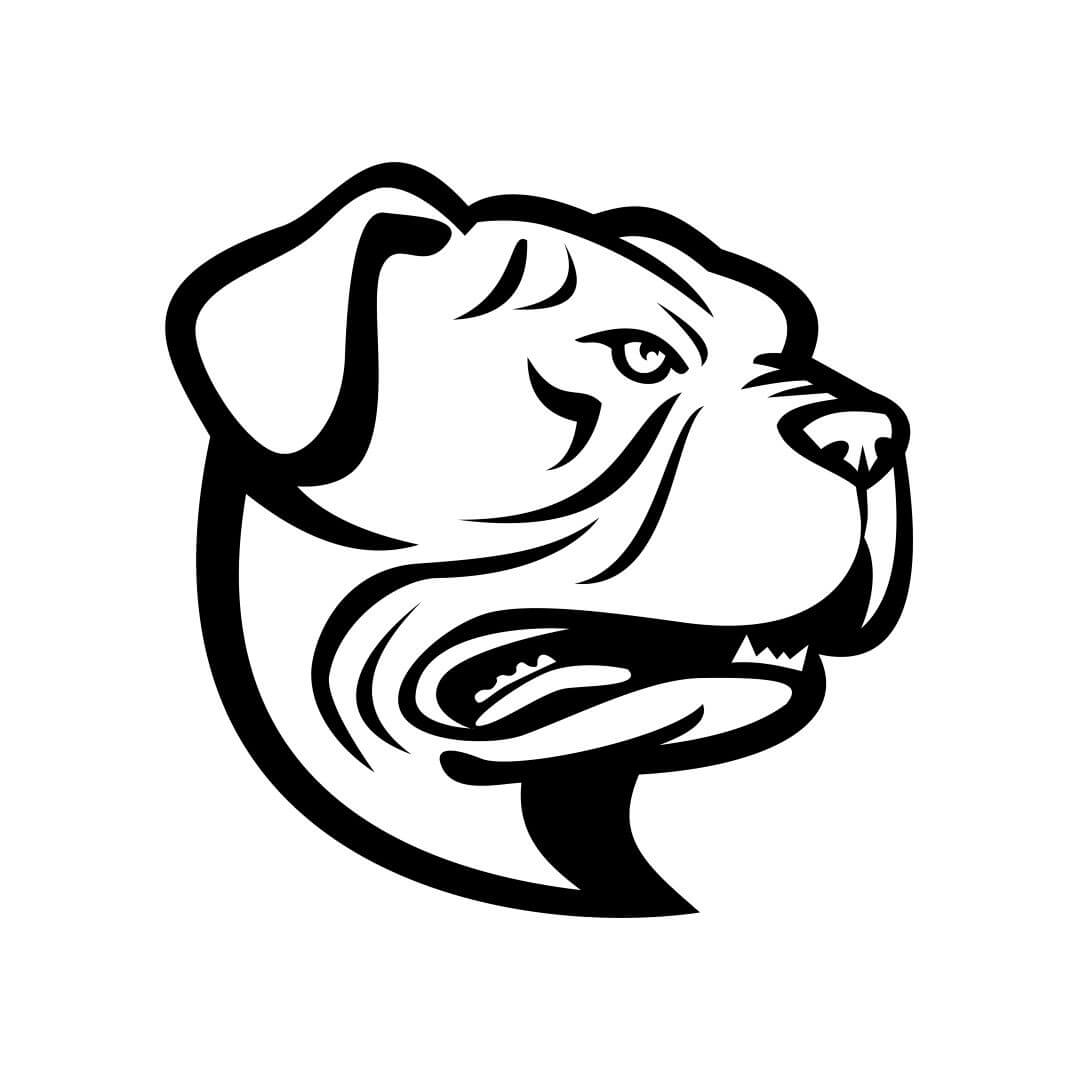
Origin & History
The Olde English Bulldogge is descended from the English Bulldog. It is considered the modern breed of the original bulldog. The bulldog has been bred since the Middle Ages. Thanks to its short and broad muzzle, it was able to bite into other animals. People took advantage of this characteristic, especially in the dubious bullfights.
However, the result of overbreeding was dogs that were difficult to move due to their bulky build. In addition, the shortened airways and short muzzle caused breathing problems and respiratory diseases. Breeding the Olde English Bulldogge was intended to put an end to this problem.
The American David Leavitt began breeding the Olde English Bulldogge. For him, the health of the animals was paramount. He also wanted to give them more freedom of movement so that they could make optimum use of their energy. He began by crossing the American Bulldog with the Bullmastiff.
To this day, the breed is only recognized by the UKC (United Kennel Club).
